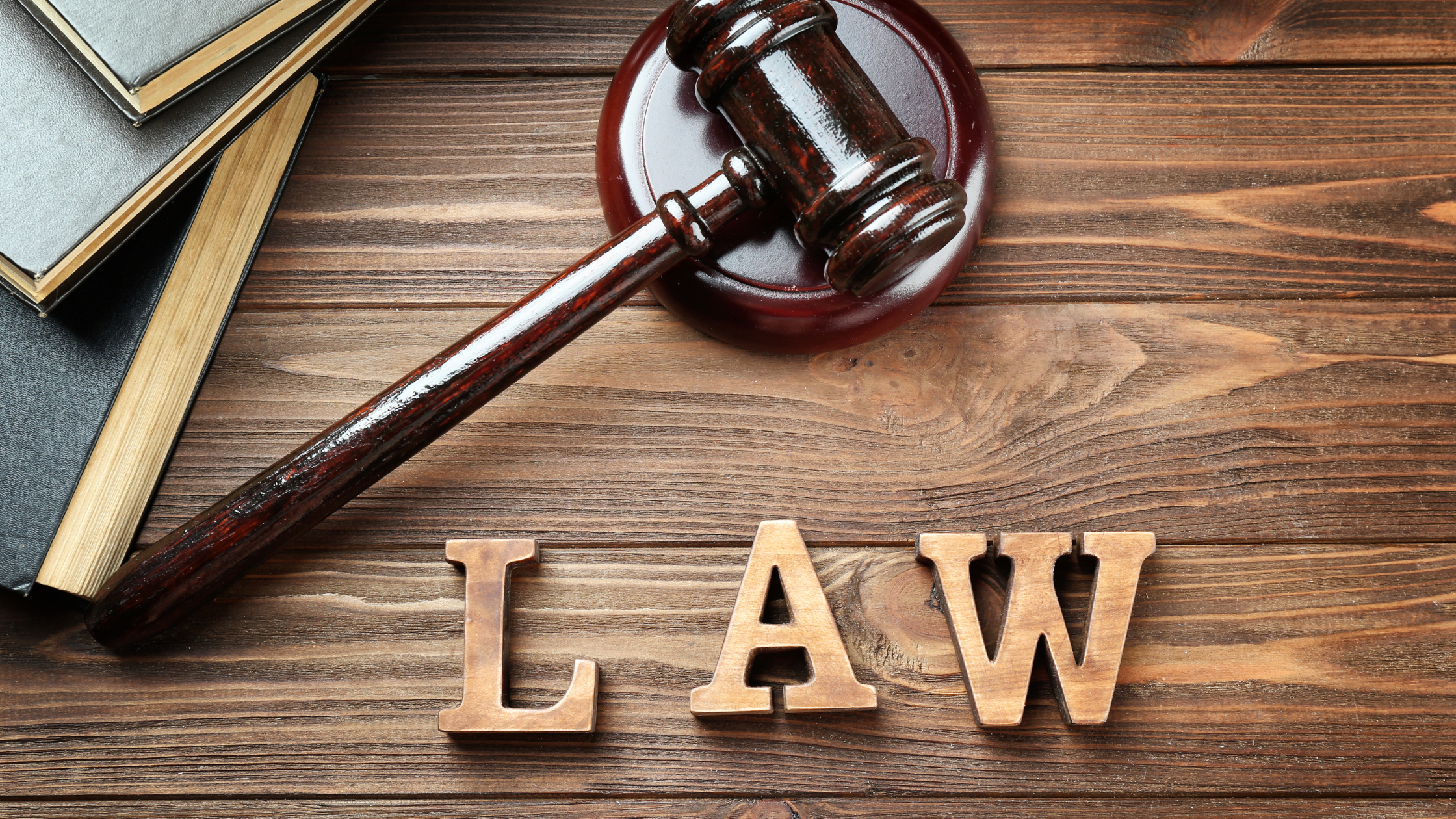Guardianship lawyers in Western Australia are often faced with complex cases involving the welfare and best interests of vulnerable individuals.
One aspect of guardianship law that may arise is an application made pursuant to section 85 of the Guardianship and Administration Act 1990 (WA) (GA Act).
This blog post provides an overview of section 85 applications, focusing on the grounds for review, the relevant legislative provisions, and some key considerations based on a recent decision by the State Administrative Tribunal (SAT) in NE [2023] WASAT 30.
Section 85: Circumstances for Review of Guardianship or Administration Orders
Section 85 of the GA Act outlines the circumstances in which the SAT is required to review a guardianship or administration order.
A review may be initiated by any person and must be carried out as soon as practicable after the application for review is made (s 85(2), (3)).
The SAT is required to review an order if a guardian or administrator:
a) dies;
b) wishes to be discharged;
c) has been guilty of neglect, misconduct, or default that renders them unfit to continue in their role;
d) appears to be incapable due to mental or physical incapacity;
e) is a bankrupt or under insolvency laws; or
f) being a corporate trustee, has ceased business, begun winding up, or is under official management or receivership.
In NE [2023] WASAT 30, the applicants sought a review of the administration order under s 85(1)(c), claiming that the Public Trustee had engaged in neglect or misconduct that rendered them unfit to continue as administrator.
Key Issues Raised in the Section 85 Application
Three key issues were raised in the application for review in NE:
1. The alleged failure of the Public Trustee to comply with obligations under s 47 of the Public Trustee Act 1941 (PT Act) regarding providing information and documents to the applicants (referred to as the "agency issue");
2. The issue of a letter of demand to the former partner of NE; and
3. The alleged failure of the Public Trustee to comply with obligations under s 70 of the GA Act, which requires acting in the best interests of NE, including consulting with her or members of her family before agreeing to consent orders in the Family Court.
The SAT's Approach to Section 85 Reviews
The SAT's approach to section 85 reviews was discussed in RK [2022] WASAT 112, where the Full Tribunal noted that the SAT is not responsible for reviewing the merits of individual decisions made by a guardian or administrator, as reasonable minds may differ on their merits.
The guardian or administrator's obligation is to act in the best interests of the represented person.
Consequently, a review under section 85(1)(c) is confined to cases of serious neglect, misconduct, or default that render the guardian or administrator unfit to continue in their role.
Outcome in NE [2023] WASAT 30
In NE, the State Administrative Tribunal (SAT) carefully examined the allegations made by the applicants under section 85(1)(c) of the GA Act, which centred on the Public Trustee's exercise of decision-making authority and judgment in their role as administrator.
Regarding the first issue (the agency issue), the applicants argued that the Public Trustee failed to provide necessary information and documents relevant to Family Court proceedings, as required under section 47 of the Public Trustee Act 1941 (PT Act).
The SAT considered the evidence presented, including the fact that the Tribunal had authorized disclosure by the Public Trustee to the applicants in October 2021. Despite this, the applicants claimed that they had not been informed of the progress of the divorce application or any financial settlement made for NE. The SAT, however, found that there was no clear evidence of neglect or misconduct by the Public Trustee in relation to this issue.
In relation to the second issue, the issuance of a letter of demand to NE's former partner, the applicants did not provide sufficient evidence or arguments to demonstrate that the Public Trustee's actions amounted to neglect, misconduct, or default that would render them unfit to continue as an administrator.
Concerning the third issue, the applicants alleged that the Public Trustee failed to act in NE's best interests by not consulting her or her family members before agreeing to consent orders in the Family Court, as required under section 70 of the GA Act. The SAT considered the conflicting evidence on this point, including communication with family members within the limitations of various restrictions operating in the case. The Tribunal ultimately determined that the matters raised by the applicants did not support a finding of neglect, misconduct, or default on the part of the Public Trustee.
Given the careful analysis of the issues raised by the applicants and the evidence presented, the SAT concluded that the applicants failed to demonstrate that the Public Trustee had engaged in serious neglect, misconduct, or default as required under section 85(1)(c) of the GA Act.
As a result, the Tribunal dismissed the application for review, allowing the Public Trustee to continue in their role as administrator.
This outcome in NE [2023] WASAT 30 highlights the importance of presenting compelling evidence and well-reasoned arguments in support of a section 85 application.










